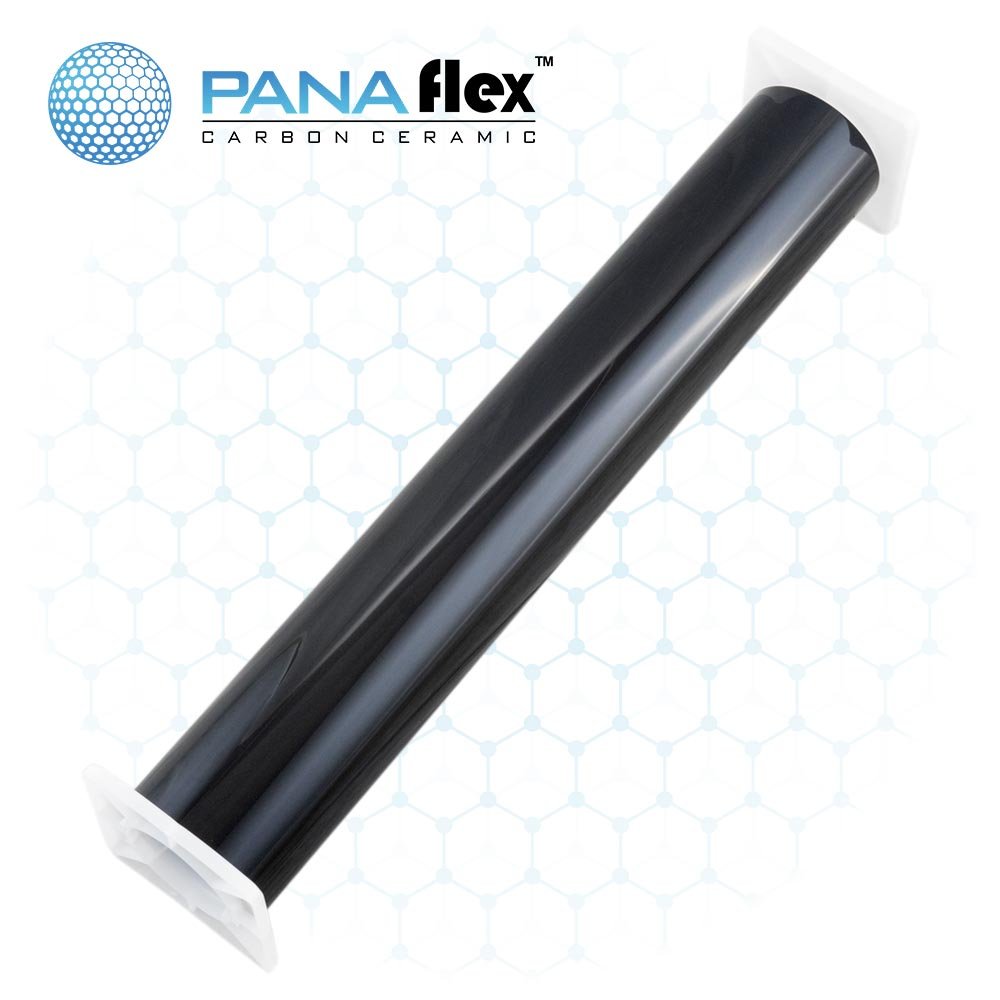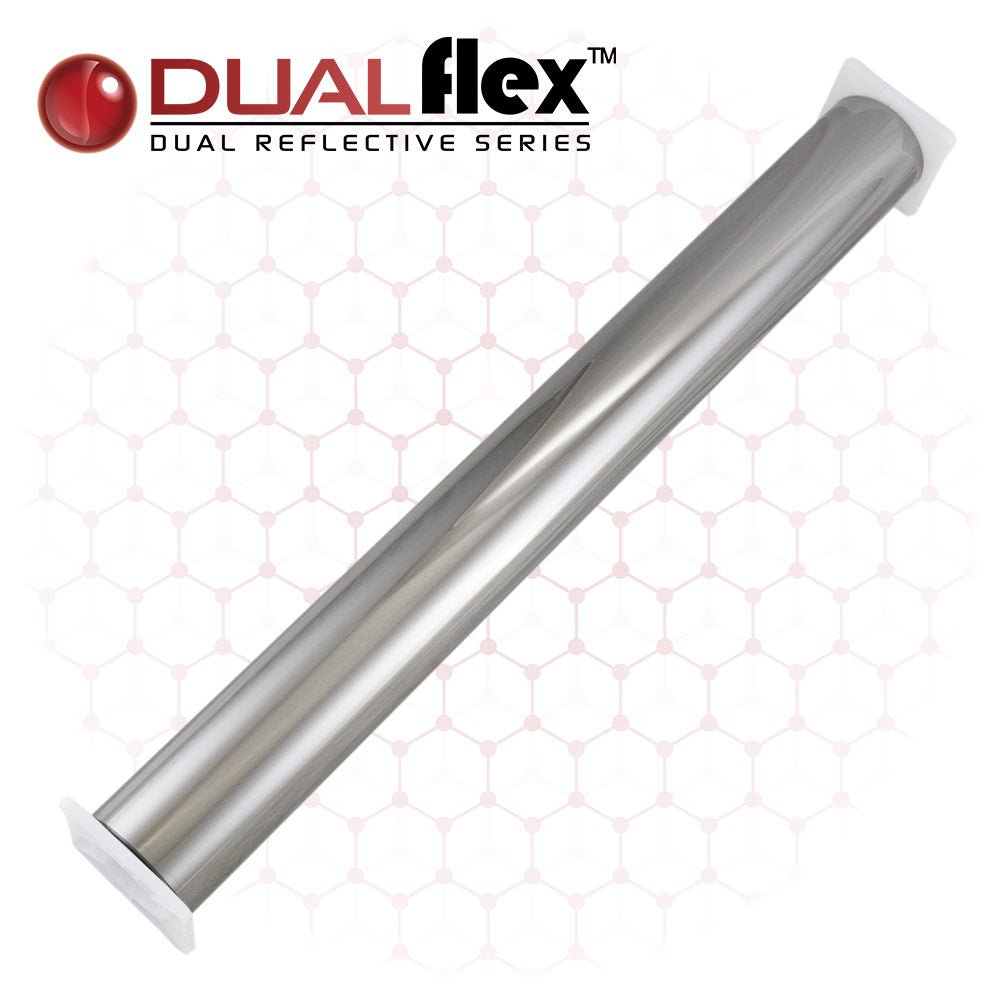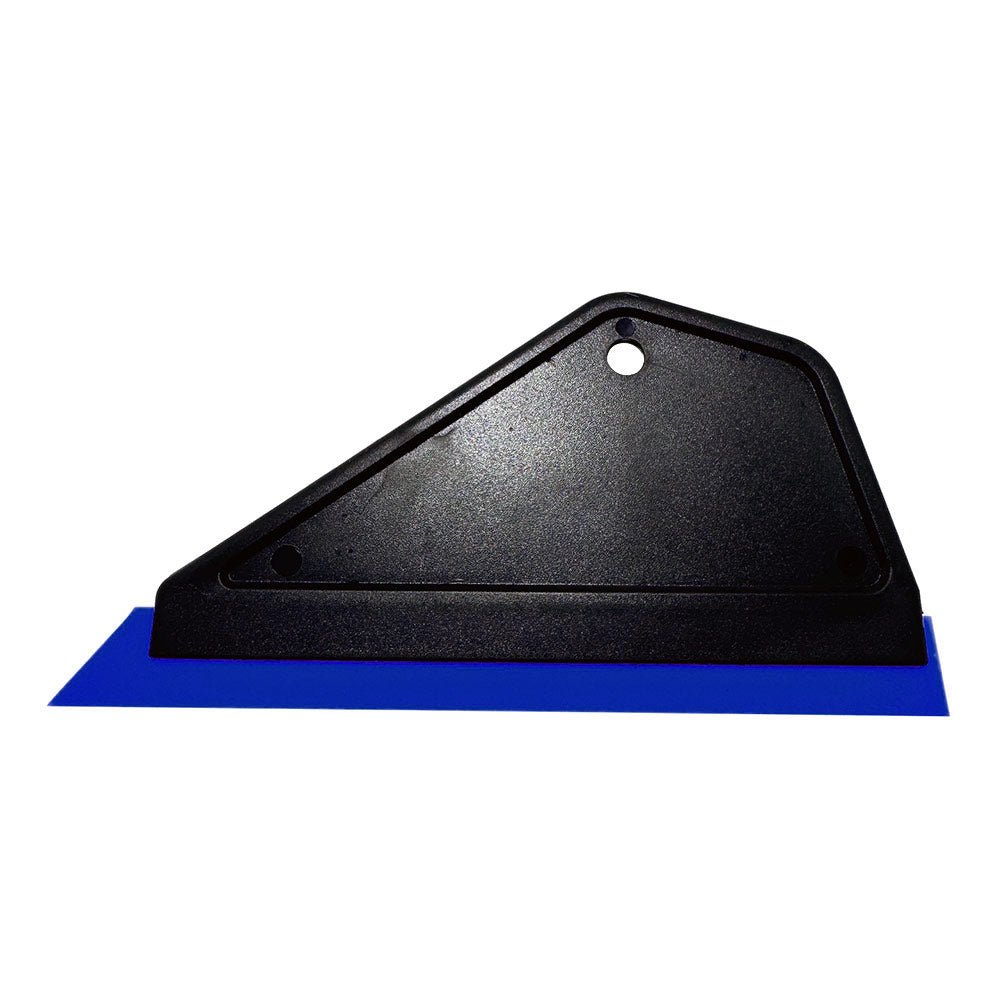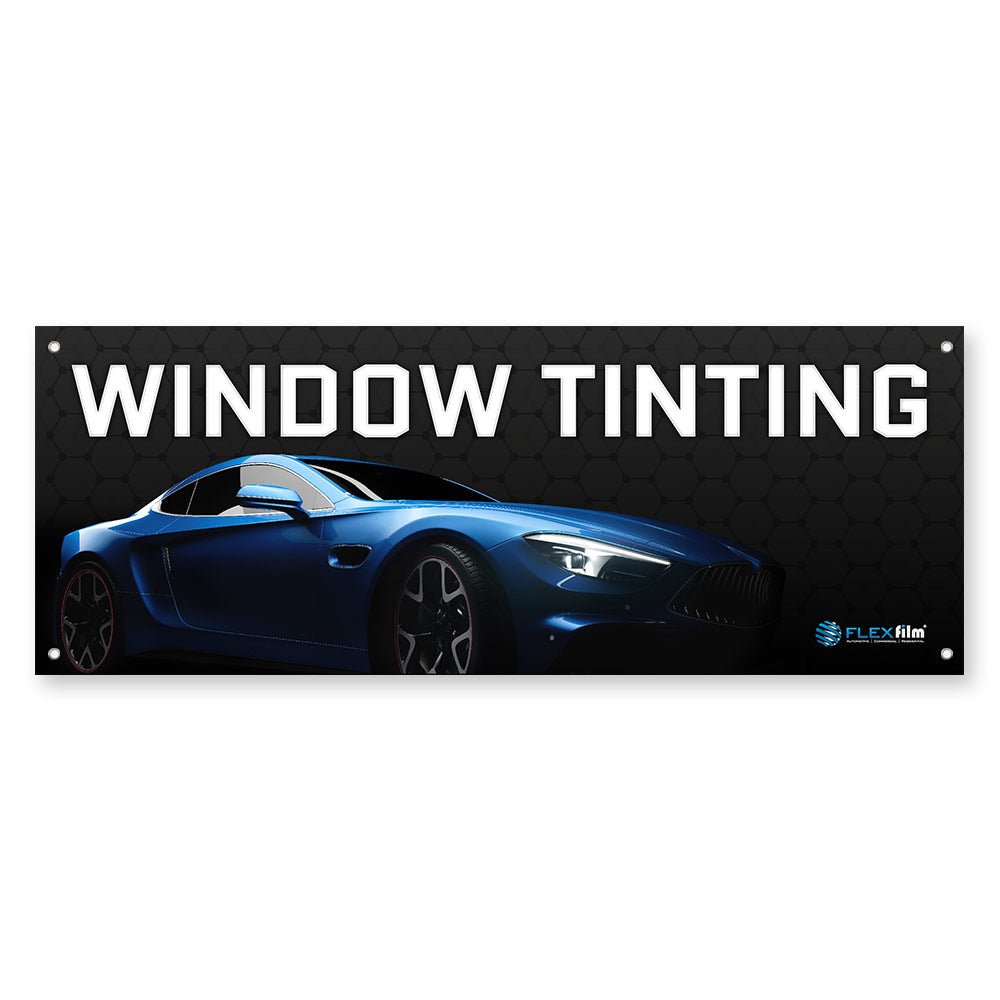Window Framing
The choice of window framing is crucial for the safe application of window film, as it affects how well the glass can handle thermal expansion from sunlight absorption. Framing systems with flexible and strong materials like rubber gaskets, aluminum, steel, or vinyl are suitable, accommodating glass expansion without causing damage.
In contrast, rigid frames, such as those made from concrete or using sash designs, may increase the risk of glass cracking or breaking under thermal expansion, particularly with the added layer of window film.
The sealant's condition also matters; over time, sealants may harden and lose elasticity, making them less able to cope with the glass's expansion and contraction, thus raising the risk of failure. Meanwhile, resilient sealants can adjust to these changes, decreasing damage risk.
The color of the outdoor glazing stop is another consideration; darker colors absorb more heat, adding thermal stress that could worsen expansion issues, particularly in directly sunlit windows. Moreover, the design of the indoor structural pocket must allow for adequate glass expansion to avoid increased pressure and potential breakage.
In essence, successful window film installation on flat glass requires evaluating the framing system, sealant condition and type, outdoor glazing stop color, and the indoor structural pocket design. These factors determine the window's capacity to withstand thermal stress from the film, ensuring a secure installation.

Dealer Rewards
Start earning points that can be applied as store credit on your next online purchase.

Order Online 24/7
Shop our products online and check out anytime, 24/7, from anywhere!

Call To Order
Call us directly to place your order during business hours, Monday - Friday, 8:00 AM - 4:00 PM CST.



